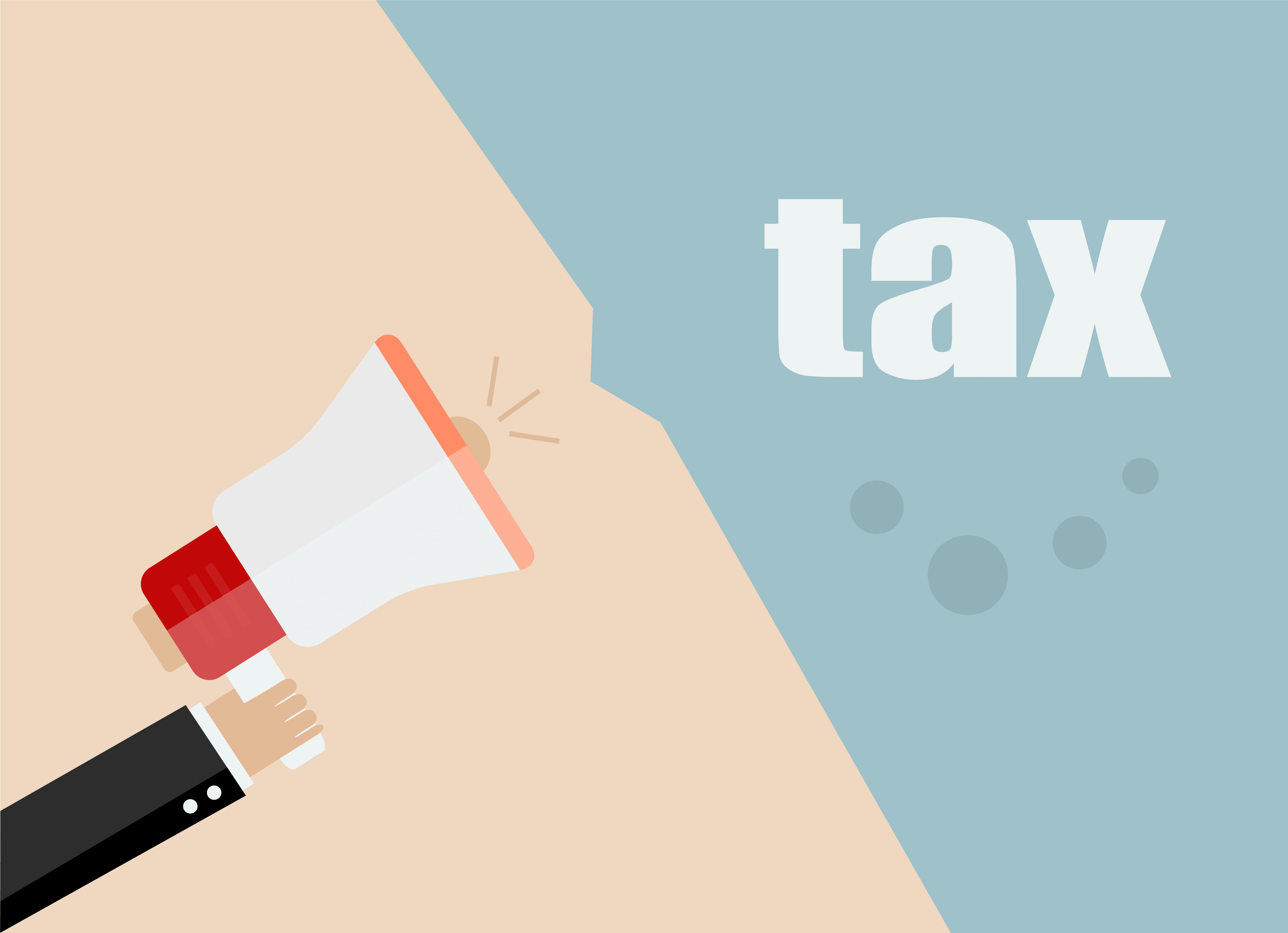By Laura Zindel, CPA
Details of the Trump Administration’s Tax Cuts and Jobs Act are so complex that it is easier for businesses to discuss the details and ramifications in smaller pieces. One specific section of the Tax Cuts and Jobs Act involves changes to rules affecting hardship withdrawals from your employees’ benefit plan account, most commonly 401(k) and 403(b) plans.
The definition of a hardship withdrawal hasn’t changed. If a plan permits, a hardship is an early withdrawal of funds from a participants account as an emergency distribution of funds. The hardship is an important option should the participant not be eligible for an early distribution. The IRS describes a qualifying action for eligibility of a hardship distribution as a distribution that serves the “immediate and heavy financial need of the employee and the amount must be necessary to satisfy the financial need.” This hardship distribution is subject to an early withdrawal penalty and applicable federal and state taxes, payment of which may be waived until a later time by the participant.
Qualifying reasons listed by the IRS include some medical expenses, costs related to the purchase of a home, costs to avoid foreclosure or eviction of a principle residence, and funeral and burial expenses, among others.
While qualifications for the distribution remain the same, other changes go into effect January 1, 2019 as part of the Bipartisan Budget Act of 2018. These changes are voluntary, but here’s how they might benefit your employees and simplify your administrative process if you choose to have your Plan adopt them.
Your participants won’t have to borrow their own money first. Currently, plan participants must take loans from their account, if that option is available in your plan, before claiming a hardship withdrawal. This creates another layer of administrative tasks for the Plan Sponsor. Additionally, if a participant is looking for funds to assist in one of the qualifying reasons above, the burden of having a loan payment withheld from their paycheck would be an additional financial loss to cope with. With the changes from the Tax Cuts and Job Act, participants have the option of requesting the hardship withdrawal first and bypassing taking a loan out.
Participants will be able to withdraw from a larger pool of funds. As the hardship rules stand now, participants can withdraw from their elective contributions. With the changes, both contributions and earnings on the contributions are available for distribution.
Plan Sponsors will no longer have to suspend contributions to a participant’s account. Current guidelines seem to support the notion that, if 401(k) plan contributors really are in enough financial need to request a hardship distribution, they don’t have the available funds to continue contributing. Therefore, the IRS institutes a painful six-month wait period on contributions.
It’s entirely possible that your employee needs a chunk of money but can still regularly contribute smaller sums, as before — and continue to benefit from the employer match. The current rule also creates an undue administrative burden since the Plan Sponsor has to temporarily remove the employee from contributions to the Plan and then notify the participant when they are once again able to contribute. All of that will be eliminated in 2019 if your Plan takes part.
Plan Sponsor Options
It is the Plan Sponsor’s choice whether or not the Plan will implement these changes. But Plan Sponsors should start thinking about it now so that the Plan is ready for the changeover if deciding to take part.
I recommend meeting with your Plan’s advisory team as soon as possible. That way, all questions can be answered, and a full understanding of the pros and cons of any decision can be obtained.
Laura Zindel, CPA, is an audit manager at Wiss & Company LLP and a member of the Employee Benefit Plan group. She can be reached at [email protected] or by calling (973) 994-9400.

 Previous
Previous






